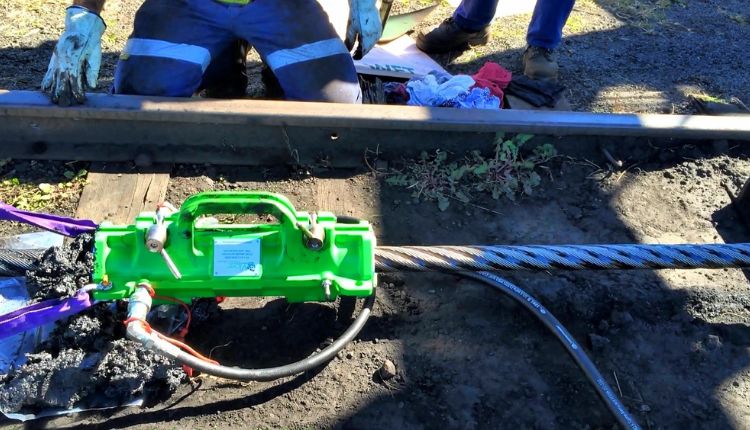In heavy industries like construction, mining, shipping, and oil and gas, the maintenance of wire ropes plays a crucial role in safety and performance. That’s where wire rope lubricators come in, specialized tools designed to apply lubricant efficiently, extending rope life and ensuring smooth operation in even the harshest environments. For U.S. worksites that rely on cranes, winches, and lifting systems, investing in proper lubrication equipment can significantly reduce downtime and operational costs.
Why Wire Rope Lubrication Matters
Wire ropes are constantly under tension, friction, and exposure to the elements. Without regular lubrication, they can corrode, weaken, or fail prematurely, posing serious safety risks. Lubrication forms a protective barrier that reduces metal-to-metal contact, prevents rust, and helps the rope maintain flexibility over time.
Traditional manual lubrication methods often result in uneven coating, wasted product, and missed sections of the rope. Modern wire rope lubricators, however, ensure the lubricant penetrates deep into the rope’s core, protecting every strand and wire from wear and corrosion.
How Wire Rope Lubricators Work
A wire rope lubricator is typically made up of a robust housing that fits around the rope, along with seals and brushes that evenly distribute lubricant as the rope passes through. Once connected to a pressurized lubrication system, it allows the lubricant to be applied evenly under controlled conditions, even while the rope is in motion.
This system not only saves time but also ensures consistency. By forcing lubricant into the rope’s core, these devices help prevent internal rusting and reduce the need for frequent replacements — a key factor in cost management for industrial operators.
Benefits of Using Wire Rope Lubricators on Worksites
Implementing a proper lubrication system offers a range of advantages for worksites across the U.S.:
- Extended Rope Life: Lubricant protects against wear, corrosion, and fatigue.
- Improved Safety: Well-maintained ropes reduce the risk of failure during lifting or tensioning operations.
- Reduced Maintenance Costs: Automated systems require less labor and minimize waste.
- Operational Efficiency: Lubrication can be performed faster and more consistently than manual methods.
- Environmental Compliance: Many modern lubricators are designed to minimize spillage and use eco-friendly lubricants.
Over time, these benefits translate into smoother operations, fewer breakdowns, and safer working conditions.
Choosing the Right Lubricator for Your Industry
Different industries have specific needs when it comes to wire rope maintenance. For example:
- Construction sites often need portable, easy-to-use units for cranes and hoists.
- Oil and gas operations require heavy-duty lubricators that withstand harsh offshore conditions.
- Mining and marine industries benefit from high-capacity systems that can handle large ropes and continuous use.
When selecting wire rope lubricators, it’s important to consider rope diameter, lubricant type, and operational environment to ensure compatibility and efficiency.
Maintaining Equipment for Long-Term Reliability
To get the most out of your lubrication system, regular maintenance is essential. Clean seals and brushes, monitor lubricant levels, and follow the manufacturer’s recommendations for best results. Routine inspections not only help identify potential issues early but also ensure that every lubrication cycle delivers maximum protection.
Final Thoughts
For U.S. worksites that depend on the reliable performance of wire ropes, using wire rope lubricators is more than just a maintenance step; it’s an investment in safety, efficiency, and long-term savings. With the right equipment and care, you can extend rope life, enhance performance, and keep your operations running smoothly under all conditions.






